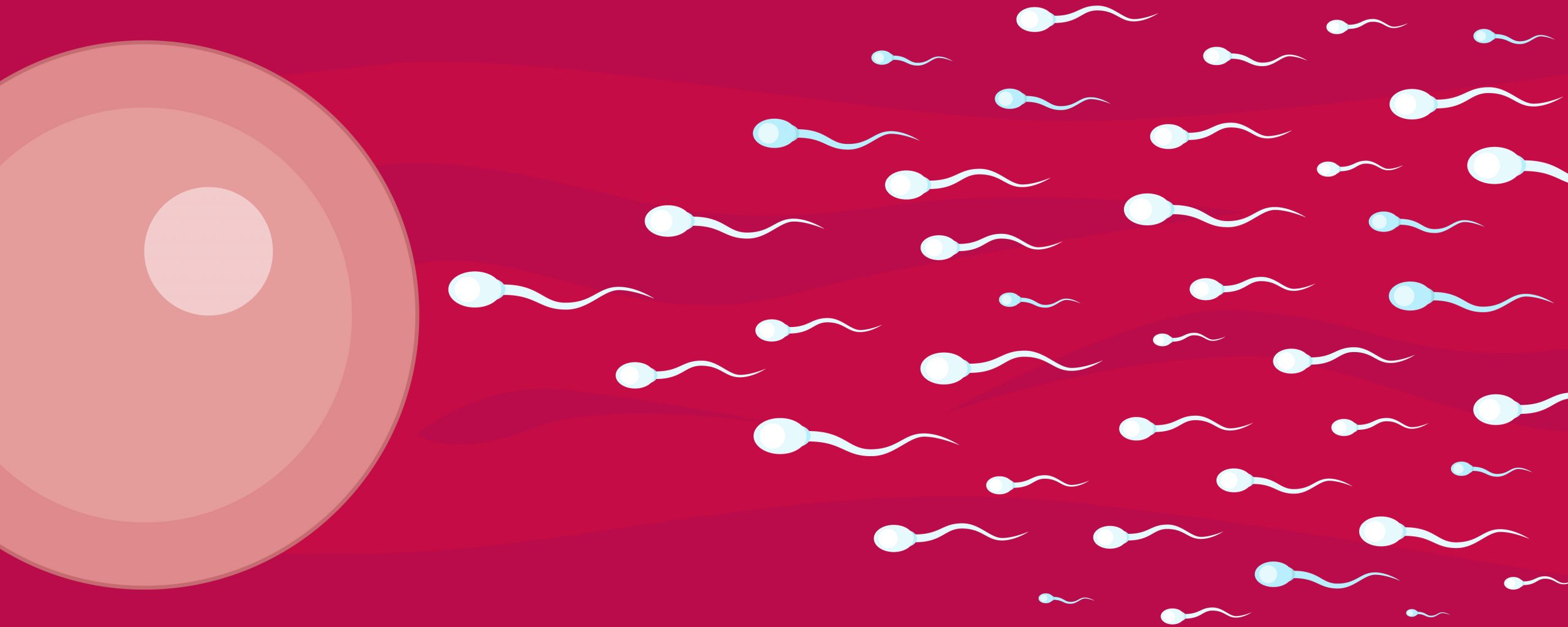Yesterday, a team of Chinese scientists [1] published details in the Stem Cell journal of a study that has already been the subject of extensive debate: “They have developed a technique in mice allowing pre-spermatozoa with all of the fertility characteristics of natural spermatozoa to be created from simple stem cells”.
Jiahao Sha, co-author of the study explained that, “reproducing germ cells in vitro remains the primary aim of biology and reproductive medicine”. In fact, one of the main causes of male infertility is “the inability to create spermatozoa in the testicles”. However, “the production of sperm in the testicles is one of the longest and most complex of bodily processes”. With these results, the scientists are “approaching their human goal”. They announced that they will soon be testing their work on other animals “with the aim to then initiate studies in humans” – an approach which nevertheless raises “numerous ethical questions”.
Several research teams “have already been involved in the successful creation of germ cells from stem cells but without fully assessing viability or showing that all the key phases of meiosis were correctly implemented” (see. Human spermatozoa created in vitro: Reactions pending? A new technique to combat masculine infertility?).
From embryo stem cells “the scientists have not obtained genuinely mature spermatozoa in the strictest sense of the term”. They stopped “at the stage preceding spermatogenesis, which is known as the spermatid phase”. However, these spermatids “were capable of fertilising eggs in vitro. The embyros thus obtained developed into animals which, in turn, were capable of producing descendants”.
For journalist and Doctor of Medicine, Jean Yves Nau, this heralds a “new step towards genetic modifications based on the hereditary culture of different species including humans”. The Chinese scientists used embryo stem cells but “there is nothing to prevent them in the short-term from obtaining spermatids from skin cells collected from a sterile man with abnormal sperm or a non-existent sperm count. In this context, there are no longer any immediate obstacles to changing the genome of these new sex cells using the new and revolutionary technique known as CRISPR”.
[1] Managed by Quan Zhou, Mei Wang, Yan Yuan, Qi Zhou (Department of Developmental Biology, School of Basic Medical Sciences, Southern Medical University Guangzhou).
AFP (25/02/2016) ; Jean Yves Nau (26/02/2016)

